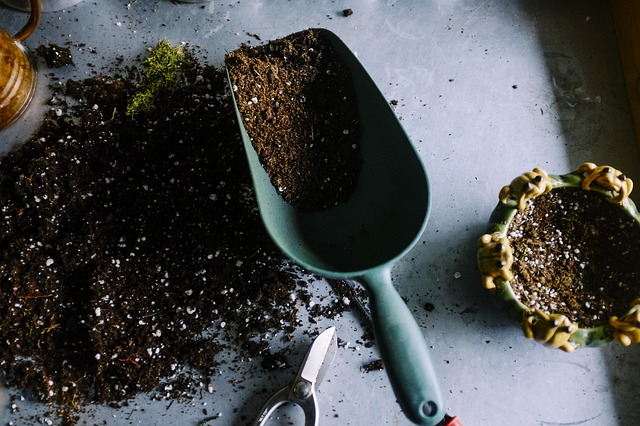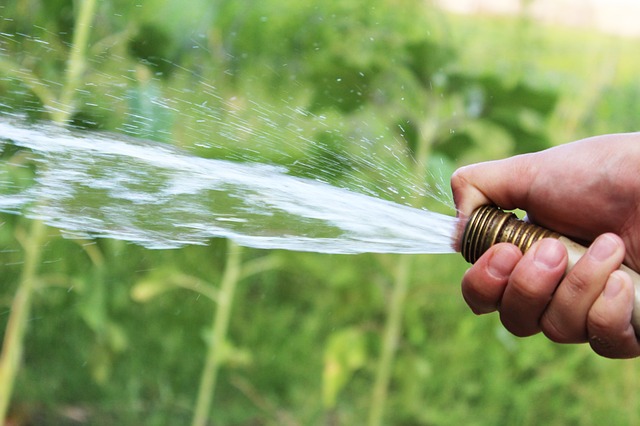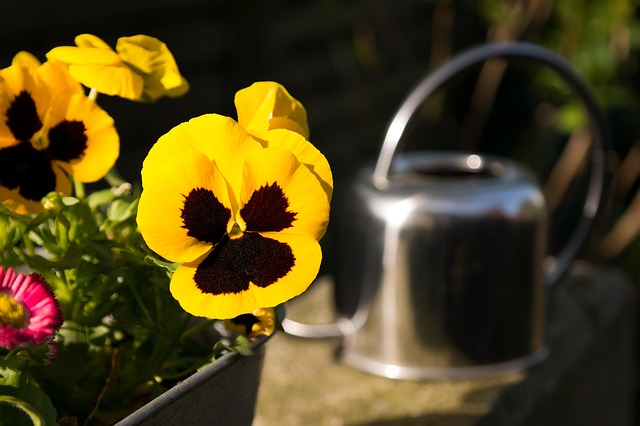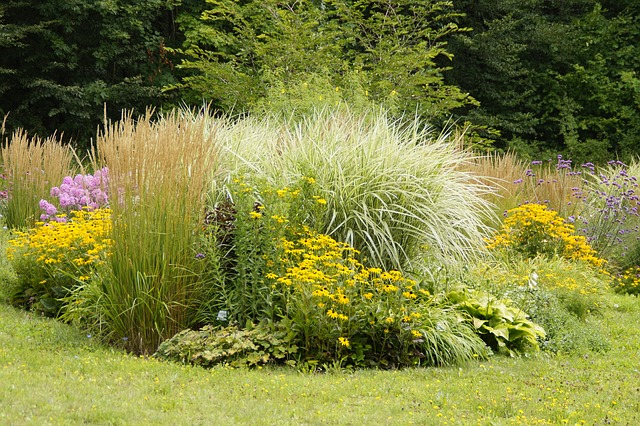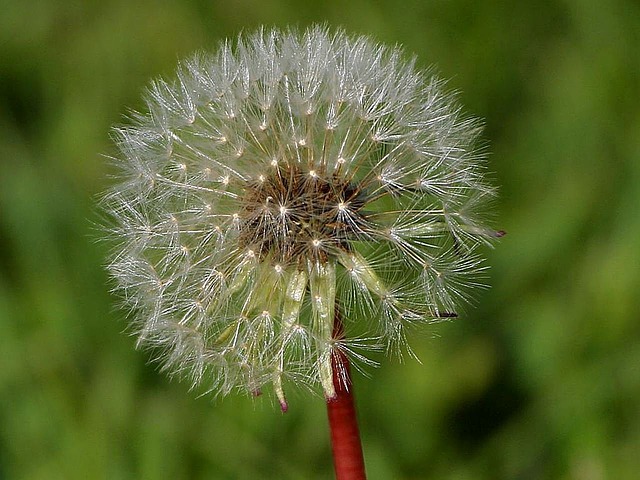July is a wonderful month that brings so much life to the garden area! By doing a little now, you will maximize the beauty of your outdoor space. Here are some great tips for the month of July.
Watering
The main principal of summer watering is to water thoroughly and to allow the soil dry out between waterings. Deep watering will allow the plant’s roots to grow deeper, where they are less likely to dry out, as well as the added benefit of anchoring the plant into the ground better. Light, surface watering actually wastes water, because the water never actually reaches the root zone of the plant, and the moisture rapidly evaporates from the top inch of soil.
The best way to tell if your plants are receiving enough water is to take a trowel or shovel and dig down a few inches. The soil should be moist at least 3 or 4 inches deep to insure that the water is reaching the root zone of the plants. Of course, if you planted drought resistant plants in your garden, you won’t have to water as often, but the principal of deep watering still applies. As the weather dries out, your container plants may need daily watering, especially if the pots are exposed to the drying sunlight. Push your finger into the soil in your container plantings at least once a day (more often on hot, dry days) to feel for moisture and be certain that plants are getting enough water. Apply water until it runs out the drainage holes.
Try to do your watering during the morning hours so that the leaves can dry off a bit before the hot sun hits them. Evening watering is sometimes acceptable if the temperatures are warm enough to insure that foliage dries before the temperature drops at night. (Wet foliage makes plants more susceptible to fungus and disease.)
Annuals, Perennials, and Bulbs
Remove dead flowers on your annual plants to encourage continued blooming. If your annuals have died off, pull them out and add them to the pile. Replant that spot with hardy annuals or perennials, such as Pansies, Calendulas, or Armeria
Get a second bloom from faded annuals by cutting them back by one half their height, then fertilize them with a liquid 5-10-10 fertilizer.
Roses will need to be fertilized each month through the summer. In colder areas, allow shrub roses to ripen by discontinuing feeding them at the end of the month.
Fertilize container gardens regularly with a liquid all purpose plant food.
Chrysanthemums should be lightly fertilized every two weeks. Discontinue pinching your mums in mid month so they will be able to develop flower buds for the fall. To promote ‘trophy size’ flowers, allow only one or two main shoots to develop. Remove all side buds as they begin to develop.
To produce the largest Dahlia flowers (especially ‘Dinner plate’ Dahlias), the main stems should be kept free of side shoots, allowing only the main terminal bud to develop. Be sure to provide adequate support to prevent wind damage.
Bearded Iris can be divided and replanted when they have finished blooming. Discard all shriveled and diseased parts
Sweet peas may tend to fizzle out with the hot summer weather, but with heavy mulching to keep the roots cool and moist you can prolong the flowering season by a few more weeks. A little mid-day shade will also help to maintain the quality of the flowers and prolong the blooming season.
Verbenas, Euonymus, Pachysandra, Ivy, and climbing roses are some of plants that will root fairly quickly by layering them into the warm soil. Fasten a section of the stem containing one or more “eyes” down onto cultivated soil with a horseshoe shaped piece of wire and cover it with additional soil. By summers end, the stem should be rooted sufficiently to sever it from the parent plant and replant into another area of the garden..
Sow seeds of Hollyhocks, English Daisies, Foxgloves, Violets, Canterbury Bells, and Sweet William into the garden now for next year’s bloom.
Geranium cuttings may be made in late July to start plants for indoor bloom during the winter months, and for setting into the garden next spring. You may need to provide supplemental lighting with fluorescent grow lights for really good winter blooms indoors.
Shrubs and Trees
Summer blooming shrubs should be pruned for shape after they have finished flowering. Remove any dead or diseased branches.
Fertilize flowering shrubs like Rhododendrons and Azaleas as well as Camellias immediately after they have finished flowering with a ‘Rhododendron’ or ‘Evergreen’ type fertilizer.
Dead head the developing seed pods from your Rhododendrons and Azaleas to improve next years bloom. Be careful not to damage next years buds which may be hidden just below the pod.
Fruits and Vegetables
Begin enjoying the harvest of your homegrown fruits and vegetables and herbs!
Fertilize June bearing strawberries after the harvest, and ever-bearing varieties half way through the season.
Plant out successions of salad crops for continued harvesting throughout the summer. Sow seeds for cool-season crops directly into the garden by mid-July.
Continue to protect your fruit from the birds with netting.
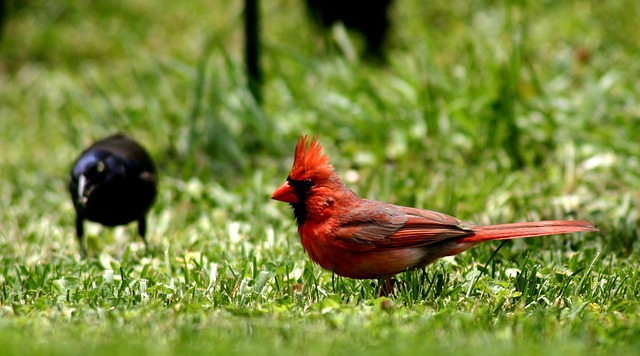
Empty areas of the garden, where the crops have finished, should be replanted with either a fall vegetable crop, or a cover crop of clover or vetch to help control weeds. Cover crops can be tilled into the soil later, to add humus and nitrates to the soil.
Lawn Care
Contrary to popular belief, a brown lawn isn’t necessarily a dead lawn. Grasses go dormant in times of drought, but will quickly return to life with the fall rains. If a lush green lawn is important to you, and you don’t mind mowing, water it regularly, and deeply. If a water shortage is expected, or you hate tending to grass, you may choose to just let your lawn go dormant, and water it as seldom as once a month.
Raise the cutting height of the mower. Taller grass cools the roots and helps to keep the moisture in the soil longer.
Avoid using fertilizers in hot, dry weather.
Indoor Plants
House Plants can be moved outside to a shady, protected spot.
Continue to watch for insect or disease damage and take the necessary steps to control the problem.
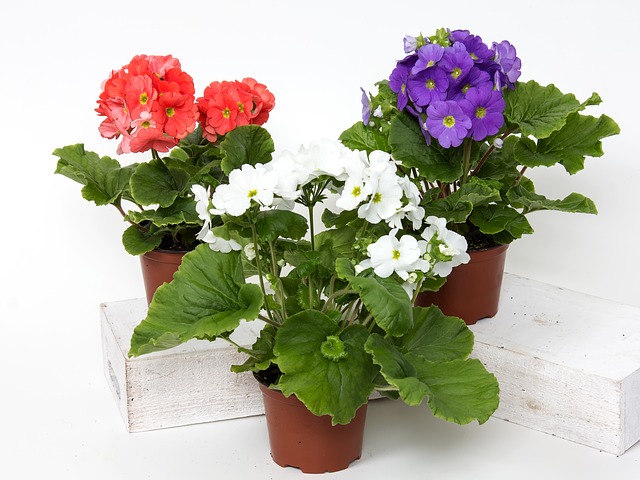
Warmer and drier weather means it will be necessary to water and mist your house plants more often.
Feed your house plants with 1/2 the recommended strength of a good soluble house plant fertilizer while they are actively growing.
Overall Care
Be alert to slug and snail damage. These creatures will be hiding during the heat of the day, but will come out of hiding in the cool morning and evening hours or after a rain. Seek and destroy ALL slugs and their eggs!
Keep the weeds pulled, before they have a chance to flower and go to seed again. Otherwise, you will be fighting newly germinated weed seed for the next several years.
Change the water in your bird bath regularly, and keep it filled. Standing water may become a breeding ground for mosquito larvae
SOURCE: TheGardenHelper.com
To receive similar content, “Like” us on Facebook @ https://www.facebook.com/niagarabuzz.ca






